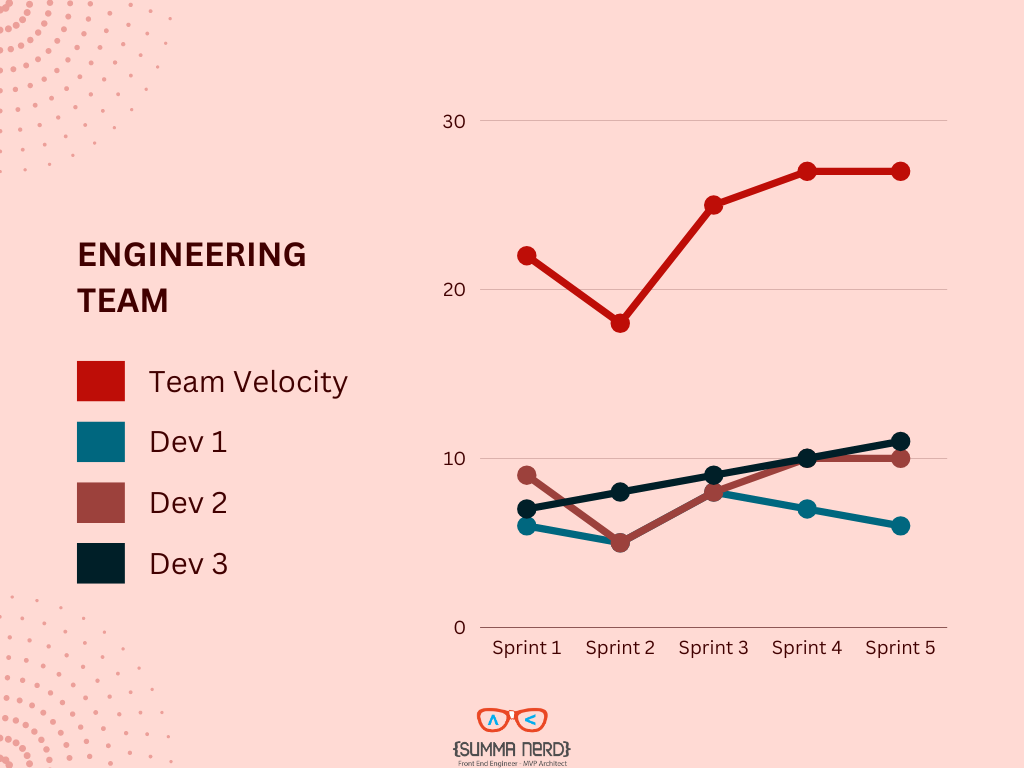Sprint planning is the heart and soul of Agile development, powering the team toward success with each iteration. One crucial aspect often occurring during this process is task pointing. Let's dive into how to do it effectively and why it matters!
🎯 What is Task Pointing? Task pointing, often called story pointing, assigns a relative complexity value to each task or user story in your sprint backlog. These values help gauge the effort required for each task.
🔑 Why Does It Matter?
- Precision in Planning: Task pointing assists in estimating how much work can be done during a sprint, promoting realistic planning and better delivery forecasts.
- Team Alignment: As a collaborative exercise, it ensures everyone understands the task's complexity, reducing misunderstandings and fostering shared ownership.
- Continuous Improvement: Pointing helps teams refine their estimation skills, leading to more accurate planning in subsequent sprints.
- Forecasting: The more the team iterates, the more accurate their velocity will be. With a precise velocity, PMs and leads can gauge future complexity and plan accordingly.

🛠️ How to Point Tasks:
1. Use a Consistent Scale: Consistency is critical to use Fibonacci numbers, t-shirt sizes, or custom values. Align what each value represents to avoid confusion. For example, in the Fibonacci numbers:
- 1 - a task requiring little to no context and minimal effort: change a font size, fix a color, or add a timestamp to a model.
- 2 - a simple multi-step or single task requiring context: update the validation for a field in a form, submit an additional field to a third-party API, or replace every blue with dark blue.
- 3 - This is a multi-step task that requires context, but for a singular item: change where a form is submitted, create a variation of a checkbox, and create a date util and component.
2. Relative, Not Absolute: Pointing is about comparing tasks, not setting an absolute standard. Compare new tasks against ones you've previously completed. Consistent pointing is the goal.
3. Consider Complexity: Consider Complexity: When assigning points, consider the development effort, potential challenges, and dependencies.
4. Involve the Team: Pointing is a team effort. Encourage open discussions to gain diverse perspectives and insights into the task's complexity. Some engineers can spot complexities or potential blockers. Other times, an engineer who completed a similar task can simplify the solution.
5. Break It Down: If a task feels too complex, consider breaking it into smaller sub-tasks and pointing those individually. Large tasks are risky. They almost always get delivered, but it kills velocity and morale if the engineer falls down a rabbit hole. Spending more time breaking down a task saves time in the long run.

💡 Pro Tip: Experiment with different pointing techniques to find what resonates best with your team.
❗ How to find a pointing system that works: Pointing systems are specific to the team using them. It's essential to use what works for the current team and refrain from forcing a technique that does not resonate with the people using it.
- Identify a guide: Choose the scale that your team prefers. Again this can be Fibonacci, shirt sizes, or custom values.
- Assign description: Remember this step! Values need context to have any meaning. Take the time to describe what each value represents. A concise, informative description is plenty.1.**Provide examples:** This may feel like a lot, but removing the guesswork makes it easier for engineers to come up with consistent estimates. It's also an excellent guide for those working on timelines and roadmaps. For this, match completed tasks from your project to their respective values.
- Execute the sprint: Give engineers a space to update their story points as they complete their tasks to see whether the estimate matches.
- Adjust: Sprint Retro is the perfect place to discuss tasks that did not match their estimate and why. Also, take this time to discuss updates to value descriptions and examples. As time progresses, this will be perfected and well-documented.
Sprint planning is where the team's expertise comes together, guiding the journey toward a successful sprint. Embrace the process of task pointing as an opportunity to learn, collaborate, and refine your development practice.
I'm interested to learn what pointing technique has led your team to success.
💡 Pro Tip: Experiment with different pointing techniques to find what resonates best with your team. The key is identifying, scaling, and assigning realistic boundaries with solid examples to remove the guesswork. Adjust and adapt your task-pointing approach as you learn and grow together.
Sprint planning is where the team's expertise comes together, guiding the journey toward a successful sprint. Embrace the process of task pointing as an opportunity to learn, collaborate, and refine your development practice.
I'm interested to learn what pointing technique has led your team to success?


